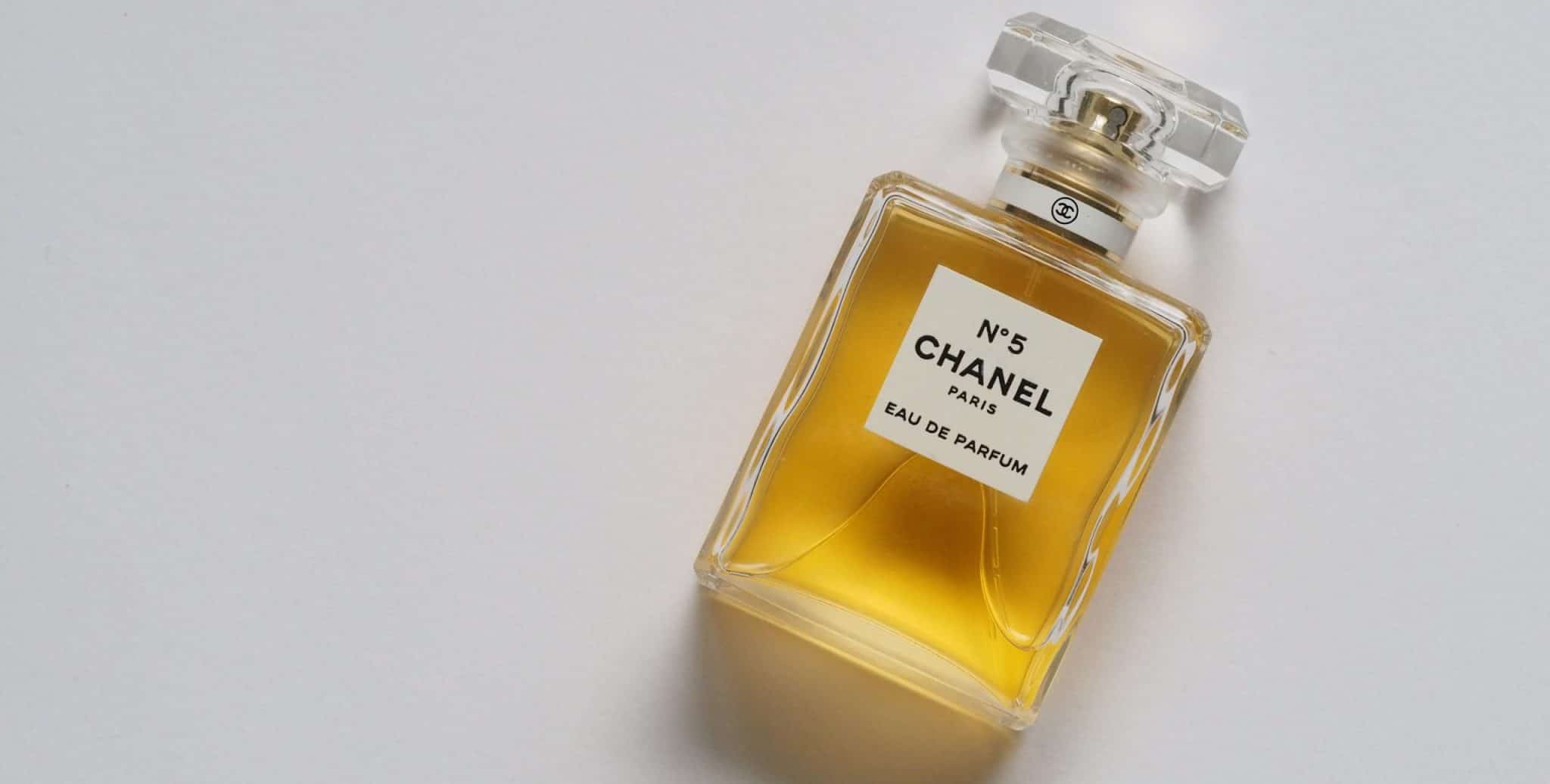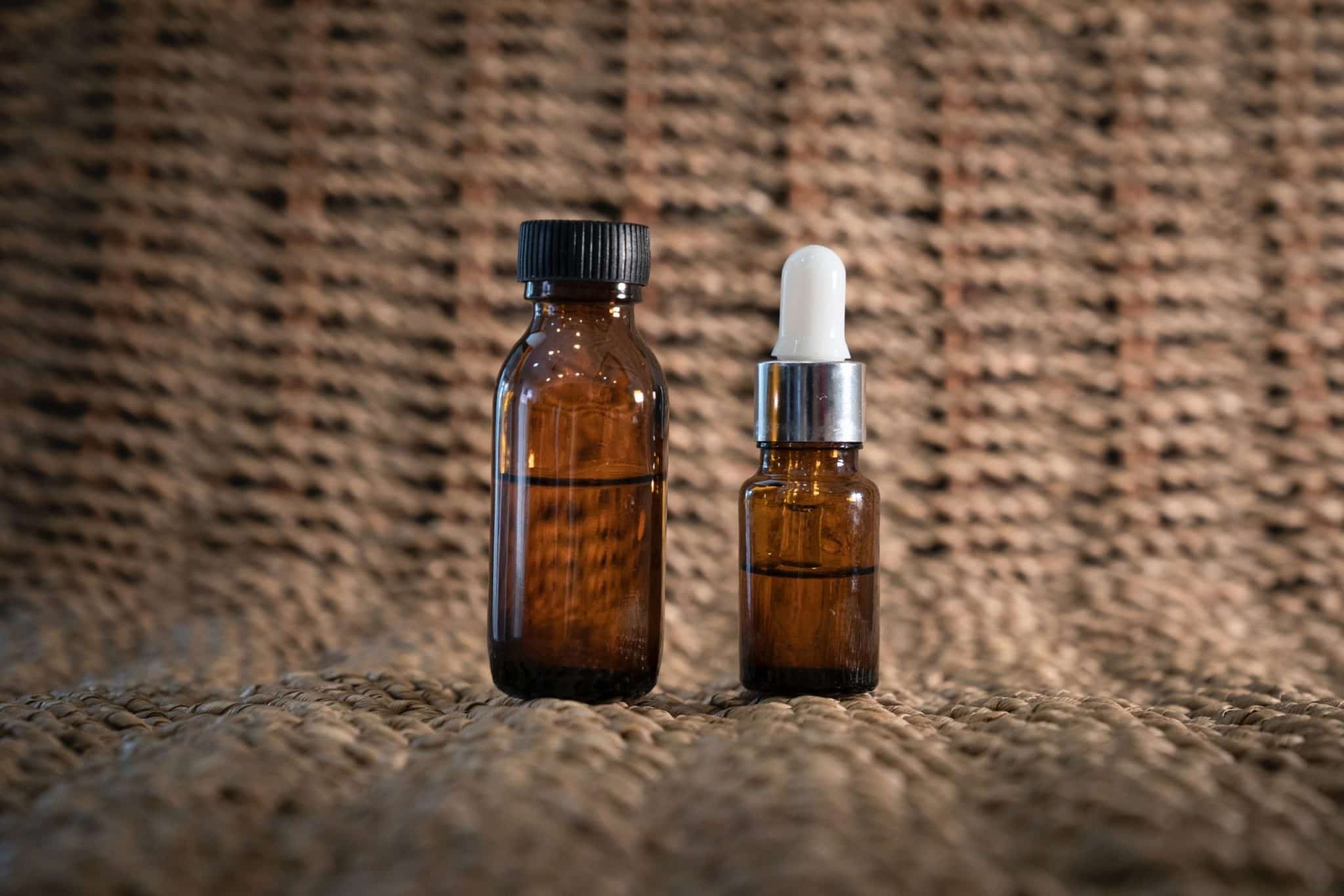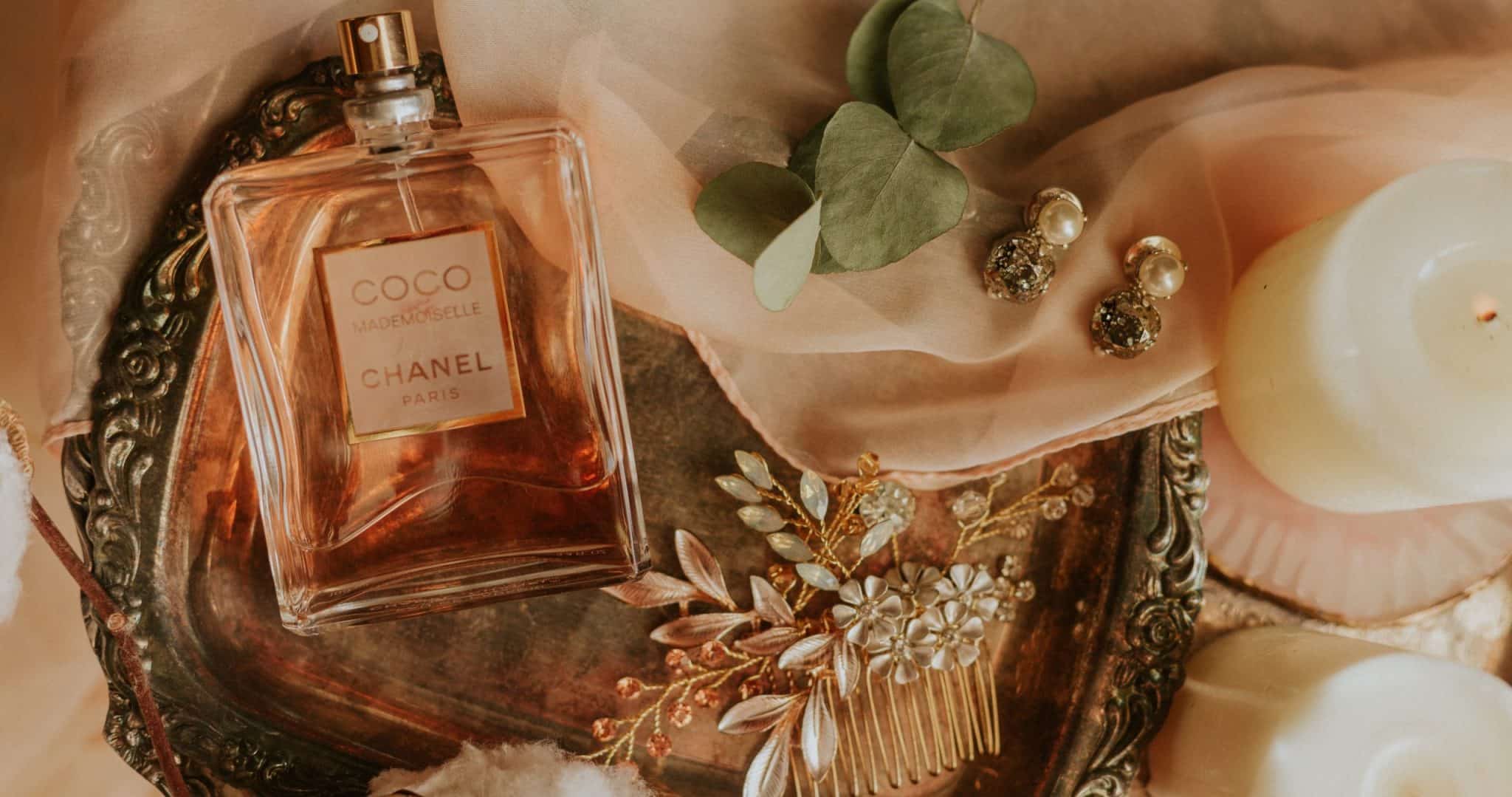Most of the world’s most famous perfume artists, or “maîtres parfumeurs,” are French. For a long time, we’ve wanted to celebrate the history of French perfume and teach our students the special vocabulary that comes along with le parfum. This is why we’re so excited to announce our exclusive perfume workshop! This October, you can learn all about the secrets behind French perfume at Diptyque’s flagship boutique at the Grove in Los Angeles.
For readers who won’t be able to join us, we’ve assembled an article that includes key information about perfume artistry. It will give you a taste (or, better yet, smell!) of what makes legendary and modern French perfumes–like Chanel N°5, Guerlain’s Shalimar or Diptyque–so unyque. (See what we did there?)
By Sophia Millman
The History of French Perfume

The Renaissance was a key period in the history of French perfume: it marked the arrival of fragrances such as amber, jasmine, and vanilla. During this period, Provence became especially famous for its perfumes, and the city of Grasse was dubbed the perfume capital of France. The 19th century marked another major turning point in the history of perfume, as new extraction and manufacturing techniques were developed. Fragrances became widespread: people began scenting their laundry and placing scented sachets in their closets.
The 20th century saw the birth of many of the most famous perfumes. Chanel created its iconic Chanel N°5 in 1921. Soon after, Guerlain developed Shalimar in 1925 (Pierre-François-Pascal Guerlain first unveiled his perfumes on the Rue de Rivoli in 1828). At the end of the Second World War, Miss Dior and the famous Eau d’Hermès were released.
- Practice your French by watching a short France24 video called “Grasse, la ville aux mille parfums” or by reading Le Parisien article “Histoire du parfum.”
- Watch French perfume commercials: Try Chanel N°5 (with Marion Cotillard), Guerlain’s over-the-top “La Légende de Shalimar” or Miss Dior (with Natalie Portman).
- A few easy-to-remember vocabulary words: l’ambre (amber), le jasmin (jasmine), la vanille (vanilla), le musc (musk).
Vocabulary: Eau de Parfum, Eau de Toilette, Eau de Cologne…

Perfume categories can get pretty complicated, but it it usually comes down to how concentrated each type is. The concentration is based on “perfume essence”: the percentage of perfume in the formula relative to the amount of alcohol and water. Here are the main categories:
- Eau Fraiche: Due to high alcohol content, the scent is very subtle and generally lasts for less than an hour.
- Eau de Cologne: Worn mostly by men, cologne is a light splash of fragrance and usually lasts for about two hours.
- Eau de Toilette: One of the most popular fragrance types, eau de toilette is considered a “daytime” fragrance and usually lasts for 3 to 4 hours.
- Eau de Parfum: Derived from pure perfume, this more concentrated spray lasts for 4 to 5 hours.
- Parfum: This is not to be confused with eau de parfum! A single application of perfume can last up to 24 hours because it’s so concentrated.
Learn more about which concentration of perfume to choose here!
How to Wear Perfume Like the French

Over fifty percent of the French wear perfume daily, and almost everyone–both men and women!–put on fragrances for special occasions. Of course, everyone has their own approach to wearing scents, but here are some basic rules that most perfume-wearers follow:
- Rule No. 1: Stick to one scent. The French are very faithful to a single perfume, unlike many Americans who often change fragrances.
- Rule No. 2: However, don’t be afraid to change your scent if you find something more fitting! Many Americans wear perfumes that are a bit too strong when they’re young. Ask someone you trust to tell you honestly how heavy they find your perfume and adjust accordingly.
- Rule No. 3: Stay subtle. If your perfume seems too heavy, the problem might not be the fragrance itself, but your application of it. Spray a little on your wrists and neck–don’t go overboard by covering your body and clothes!
- Rule No. 4: Don’t wear multiple perfumes at once or combine bottles of perfume you like (unless you’re a perfume maker)! Be careful, too, that the combined scents of your shampoo/conditioner and perfume don’t become overwhelming.
Watch Jeanne Damas talking (in English!) about her perfume routine here.
Glossaire de la parfumerie: Key Terms and Pronunciation

Americans sometimes struggle with French nasal vowels, so we want to be sure, first of all, that you know how to pronounce “parfum”! While you might think the “um” sound at the end of the word would sound like the “ume” in the word “perfume,” this is not the case. The “fum” in “Parfum” is pronounced identically to the word “faim” (hunger) in French and the word “fin” (the end). You don’t hear the “m” sound at the end of it. If you scroll down to the pronunciation section here, you can click play on all the audio files and listen to people from different regions of France saying the word. We recommend doing this on “Wiktionnaire” whenever you’re not sure how to say something!
Here are some other helpful French perfume-related words to know:
- Un accord: Pronounced “ah-cor” (the D is silent). An accord is made up of several perfume “notes,” or ingredients, that blend together to form a distinct fragrance.
- Un flacon de parfum: A bottle of perfume. Note that the letter C makes a hard sound in this word. Listen to its pronunciation here.
- Un nez: Pronounced “nay.” Literally “a nose.” This term refers to people who have a special talent for smelling and creating fragrances. There’s even a school to become “un nez”!
- Un parfumeur/une parfumeuse: Perfume maker. We recommend reading Patrick Suskind’s acclaimed novel about a French perfume maker!
- Le sillage: Pronounced “see-yazh.” The term comes from the French word for “wake,” the trail left behind a boat in the water. Le sillage refers to the scent left behind by a fragrance wearer.
If you’re passionate about perfume and speak French at an advanced level, check out this complete glossary of perfume terms!